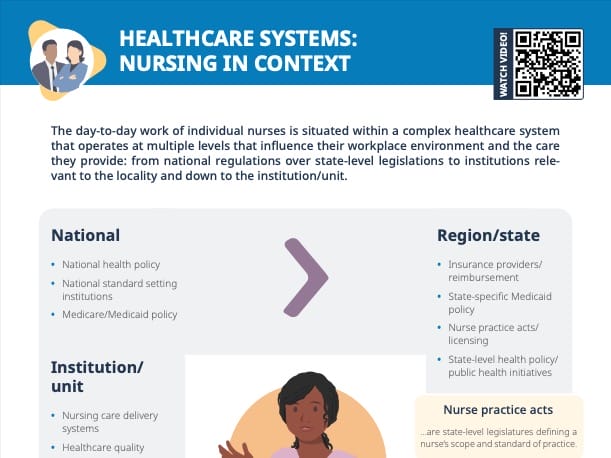What are DRGs?
A diagnosis-related group or a DRG is a patient classification system that standardizes prospective payments to a hospital and encourages cost containment initiatives.
History of DRGs
Up to the 1980s, hospitals would charge individually for each service and product used during a patient’s hospital stay. As healthcare costs went up, diagnosis-related groups have attempted to reduce health care costs by having Medicare pay hospitals in a more efficient way.
How do diagnosis-related groups work?
Payment according to DRGs means that instead of hospitals getting paid based on the actual cost of a patient’s stay, Medicare will pay a single, predefined amount for a client’s hospitalization according to the client’s DRG.
The DRG the patient is grouped into tries to estimate the likely cost of the stay based on age, gender, diagnosis, and the surgical procedures involved.
If the hospital treats the patient for less than the DRG payment, it makes a profit, but if the patient’s care costs more than the DRG payment, the hospital may potentially face a loss.
This takes away any incentive for hospitals to over-treat patients, therefore decreasing cost. On the other hand, to discourage early discharge, there are rules in place that penalize a hospital if a patient is readmitted with the same diagnosis within 30 days.
How are DRGs calculated?
Medicare starts by calculating the average cost of the resources necessary to treat Medicare patients in a particular DRG. This baseline cost is recalculated annually and is released to health providers through the Centers for Medicare and Medicaid Services.
The factors taken into account include:
- The primary diagnosis
- Surgical procedures involved
- Comorbidities and secondary diagnoses
- Age
- Gender
The basic group’s reimbursement rate is then adjusted based on further factors like the hospital’s geographic region’s labor costs, added payments for teaching hospitals, and provisions for extraordinarily high-cost cases.
List of the most common diagnosis-related groups
There are approximately 500 diagnosis-related groups, and the most common can vary depending on the location/population and time frame. However, in general, some of the most commonly encountered DRGs include:
- Vaginal delivery without complicating diagnoses
- Heart failure and shock with major comorbidities and complications (MCC)
- COPD with MCC
- Hip and femur procedures except major joint with comorbidities and complications (CC)
- Urinary tract infections without MCC
- Simple pneumonia and pleurisy with CC
- Stroke with CC
- Cardiac arrhythmia and conduction disorders with CC
- Acute myocardial infarction with CC
Categories of DRGs
Over time, the DRG system has evolved and become more refined, but at its core, DRGs can be classified into major categories. Here’s an overview of these major categories:
- Medical DRGs (no surgical procedure involved (e.g., heart failure, diabetes)
- Surgical DRGs (e.g., joint replacement)
- Obstetrical DRGs (childbirth and related conditions)
- Pediatric DRGs
- Psychiatric DRGs
- Rehabilitation DRGs
- Newborn DRGs
- “Other” (e.g., organ transplants, burns, traumas)
Advantages and disadvantages of diagnosis-related groups
Pros of DRGs
The biggest benefit of diagnosis-related groups is the reduced cost. DRGs encourage hospitals to operate more efficiently. They also create standardization and increase predictability, helping hospitals to anticipate budgets and revenue more accurately. Greater transparency allows for easier comparisons among hospitals. Lastly, the DRG system can incentivize improved patient outcomes by penalizing hospitals for readmissions or complications.
Cons of DRGs
The greatest worry about DRGs is that they may motivate hospitals to under-treat patients to save costs, especially in cases where the unique needs of patients make the fixed reimbursement inadequate. This might even lead to “upcoding” where hospitals code for a more severe diagnosis to receive a higher reimbursement, leading to billing inaccuracies.
The DRG system might be slower to adapt to new treatments, technologies, or rare conditions. Lastly, the complex coding and billing system adds to the administrative burden of the healthcare system.
